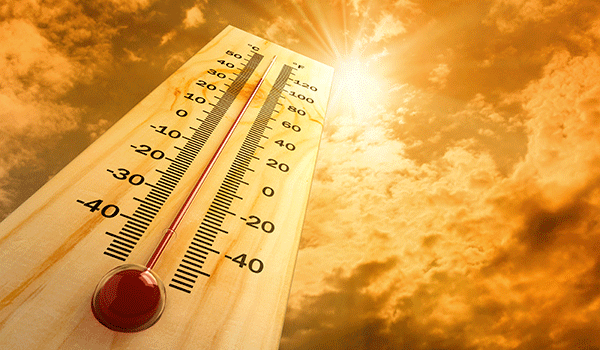
By now, many people expected that COVID-19 pandemic to be over and that life would be back to some kind of normal. Unfortunately, in the last few weeks, the United States has had a surprising COVID-19 spread of the illness. Hospitals are beginning to report getting hit badly. And even though the death rates seemed to have decreased, there are concerns over whether there should be another round of state/city-mandated lockdowns.
The bright light in all of this was the November 9 announcement of a new COVID-19 vaccine that was reported to have 90% efficacy. This great news and we are yet to see how it will reduce the spread of the disease worldwide.
When the COVID-19 pandemic started in earnest in December of 2019, there was some thought that hot summer weather would reduce the spread of the disease. This thought was partly due to the thinking that because COVID-19 disease resembled influenza, which increases during cold weather, perhaps the hot weather would bring relief.
This is not what happened. Yet, weather and its relationship to COVID-19 continues to be a hotly debated topic. So which is it? In this post, we will cover what we know about how weather may be affecting the transmission of COVID-19.
Does cold or hot weather really affect COVID-19 transmission?
In a study published in the International Journal of Environmental Science and Public Health, researchers found that human behavior impacted the spread of SARS-COV-2 far more than weather does.
An interesting point that was discussed in this paper was the fact that in most studies where scientists have studied the effects of weather on the survival of the virus, it has been done in a laboratory.
Labs are controlled environments and usually represent what would happen in an “ideal” situation. The real world however is complex and we have to account for various factors in the environment and so, the conclusions scientists draw in the lab may not always apply.
Thus in this study, to study global patterns of the disease in real-world terms, the scientists retrieved COVID-19 data from the World Health Organization. They studied the effect temperature would have on the spread of COVID-19 in real-world settings that included areas in Europe, Southeast Asia, Eastern Mediterranean, the Americas, Africa, and the Western Pacific.
To study data specific to counties in the US, the researchers retrieved data from the Centers for Disease Control (CDC) in the United States. The data they used went from January 1 to August 15, 2020.
Research findings on the effect of temperature on COVID-19 spread
The first result they reported was the fact that the overall population size seemed to play a factor in the first and second waves of COVID-19.
While the disease incidence and death rates decreased significantly in European countries, for instance, the disease kept increasing in the USA and India.
But even here, the data was not straightforward. China has a large population (over 1 billion) and while the USA and India saw surges in COVID-19 in the summer, China did not. They then moved on to look specifically at the effect of temperature on the number of COVID-19 cases.
They specifically studied the data from the USA, Italy, India, Australia, Brazil and China. In analyzing the data for these countries, the researchers found that there was little to no effect of temperature on the spread of COVID-19.
Similarly, when they analyzed data at the county-level in different counties across the US, temperature still had no clear effect on COVID-19 transmission as indicated by the number of cases.
On the other hand, the researchers found that mask-wearing, the population density of an area and even the local governmental policies had a stronger correlation with the spread of COVID-19 than temperature did.
Busting myths
Since SARS-COV-2 is a new virus, researchers continue to learn more about what may or may not affect its spread.
The WHO Mythbusters page contains this piece of advice: “You can catch COVID-19, no matter how sunny or hot the weather is. Countries with hot weather have reported cases of COVID-19. To protect yourself, make sure you clean your hands frequently and thoroughly and avoid touching your eyes, mouth, and nose.”
Even with a new vaccine and potential new vaccines on the horizon, it is still important to protect yourself and your family from this virus.

